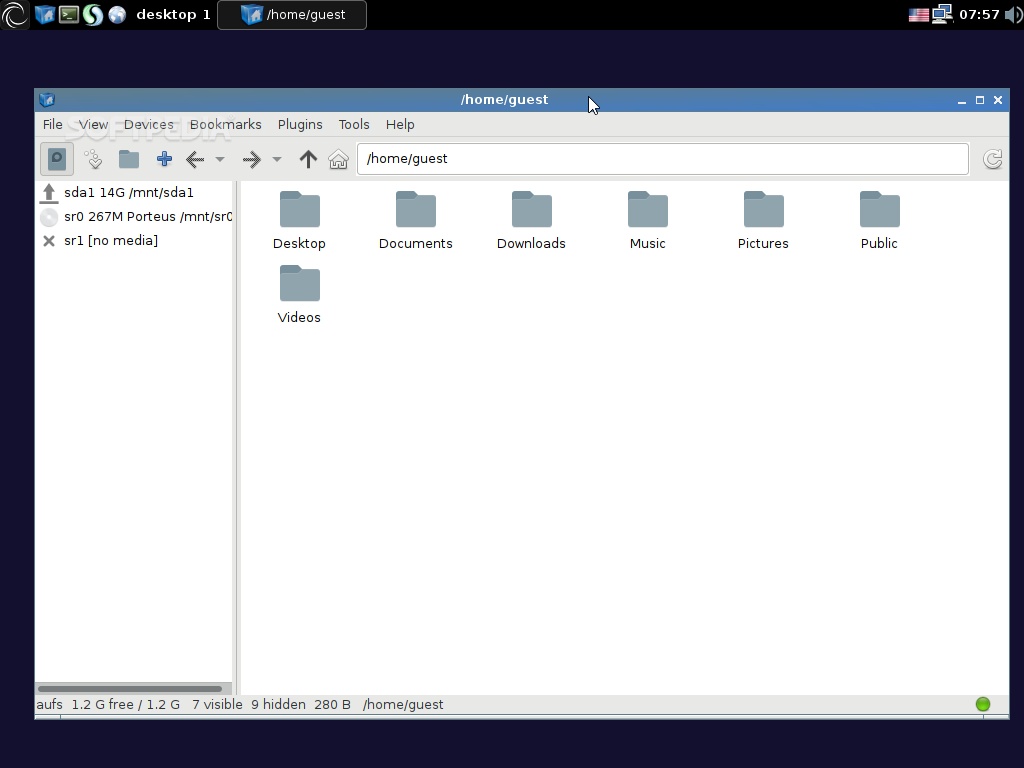

*headingFont: -*-fixed-bold-r-*-*-*-100-*-*-*-*-iso8859-1įor more information about wildcard matching rules see XrmGetResource(3) § MATCHING_RULES. If you want to apply this same rule to all programs that contain the resource headingFont, regardless of its class, you could write: Using the previous example, if you want to apply the same font to all programs (not just XScreenSaver) that contain the class name Dialog which contains the resource name headingFont, you could write: ? is used to match any single component name, while * is used to represent any number of intervening components including none. Question mark ( ?) and asterisk ( *) can be used as wildcards, making it easy to write a single rule that can be applied to many different applications or elements. Note: For more information about Xresources file syntax see XrmGetDatabase(3) § FILE_SYNTAX. A colon ( :) is used to separate the resource declaration from the actual value. ) is used to signify each step down into the hierarchy - in the above example we start at name, then descend into Class, and finally into the resource itself.

xterm(1) § RESOURCES is a good example, as it contains a list of X resources and their default values.

To see the default settings for your installed X11 applications, look in /usr/share/X11/app-defaults/.ĭetailed information on program-specific resources is usually provided in the man page for the program. Otherwise, programs launched after xrdb may look for resources before it has finished loading them. Note: Do not background the xrdb command within ~/.xinitrc.


 0 kommentar(er)
0 kommentar(er)
